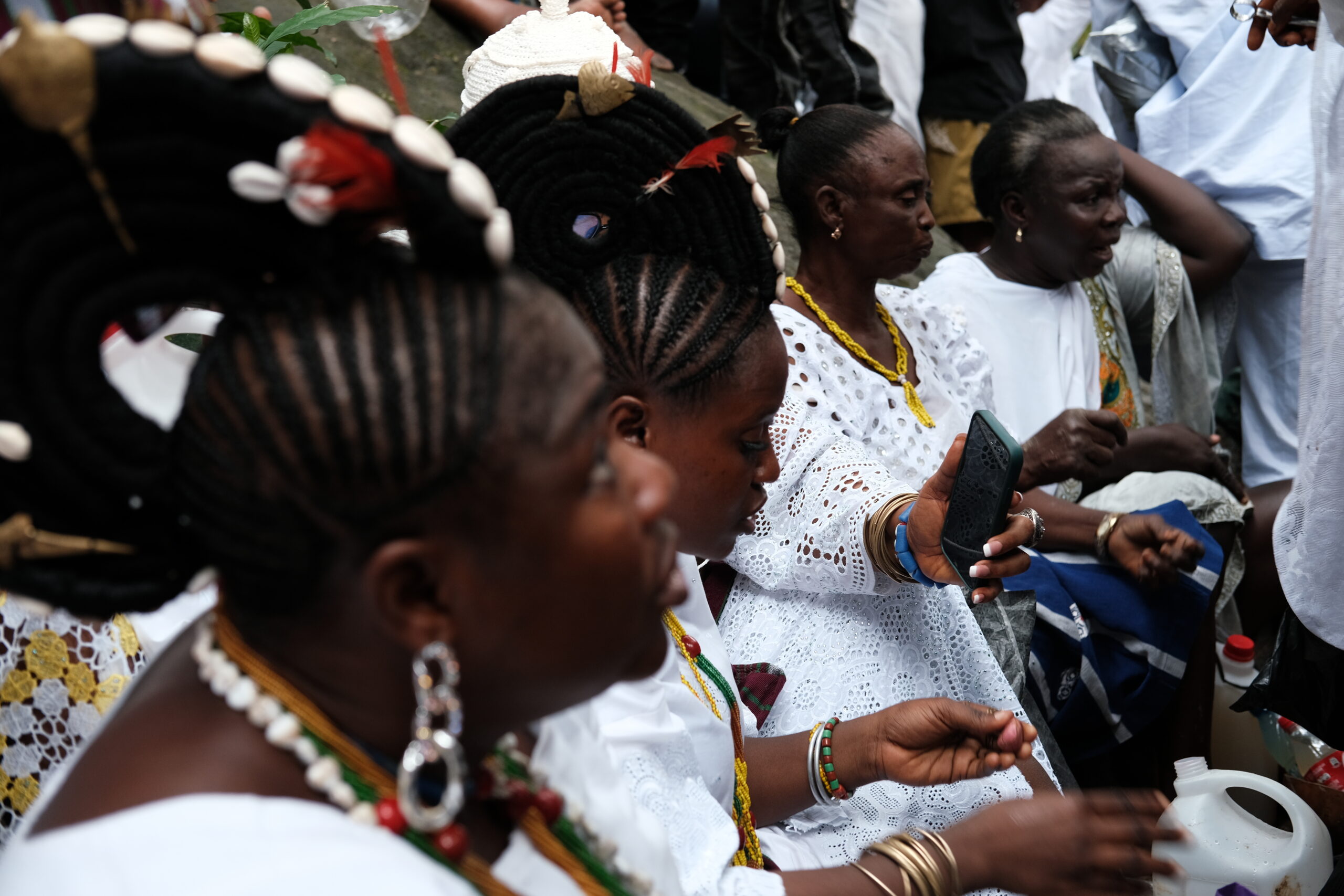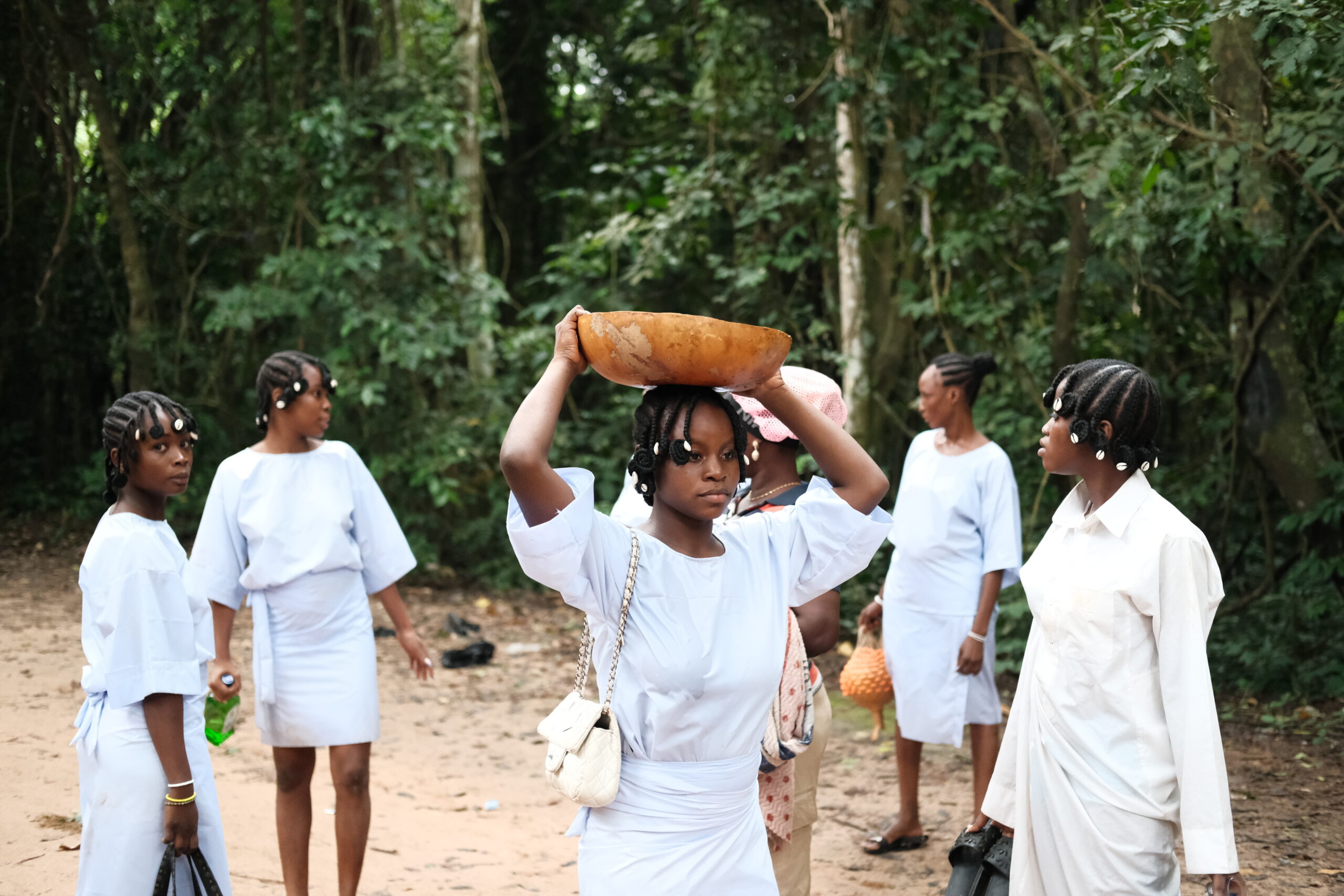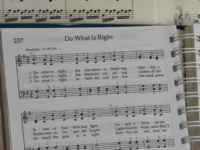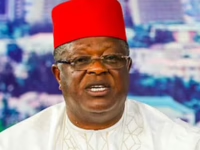Photo Credit: Pelumi Salako
Immersing in the Spiritual Heritage of the Osun-Osogbo Festival
On August 5th, photographer Pelumi Salako made his inaugural journey to Osogbo to document the renowned Osun-Osogbo festival. This vibrant cultural event, deeply embedded in Yoruba tradition, culminates annually on August 8th with a grand gathering at the Osun-Osogbo Sacred Grove. Nestled along the banks of the Osun River, this ancient forest serves as the spiritual heart of the festival, where priests and priestesses perform sacred rites honoring Osun, the revered river goddess. While the highlight is the Arugba procession-where a virgin maiden carries a sacred calabash-several preliminary ceremonies such as “Ojo Ifa,” “Iwopopo,” and “Ibo Ade” set the stage for the main event.
The Arugba Procession: A Symbol of Purity and Tradition
Pelumi and his companions arrived at the Ataoja’s palace, the royal seat of Osogbo, early in the morning to witness the Arugba’s departure. The Arugba, traditionally a young virgin, bears the sacred calabash from the palace temple to the grove, symbolizing the community’s spiritual connection to Osun. Navigating through the dense throng of thousands was challenging, with attendees pressing forward to catch a glimpse of this revered ritual. “Entering the grove was a test of endurance; the crowd was immense, and moving forward meant pushing through,” Pelumi recounted.

Photo Credit: Pelumi Salako
Preserving Yoruba Legacy Through Rituals and Community
The Osun-Osogbo festival draws a global audience, with thousands converging annually to partake in its rich cultural tapestry. Its origins trace back centuries to a sacred covenant between the Osun goddess and Osogbo’s founders, promising protection and fertility. This pact is ritually reaffirmed each year through elaborate ceremonies and offerings. Beyond its spiritual significance, the festival and the grove function as a living museum of Yoruba heritage, reinforcing communal identity and the enduring relevance of indigenous beliefs in modern Nigeria. Despite the nation’s predominant Christian and Muslim populations, there has been a notable resurgence in the appreciation of traditional festivals, reflecting a broader cultural renaissance.
Unveiling the Mystical: Personal Encounters and Festival Highlights
Pelumi’s firsthand experience revealed the festival’s profound spiritual depth. He witnessed a priestess perform a striking ritual involving the sacrifice of a chicken, an act that elicited a mix of awe and reverence. Additionally, some devotees entered trance-like states, underscoring the festival’s intense mystical atmosphere. The night before his arrival, the “Ina Oloju Merindinlogun” ceremony-a ritual involving a 16-headed lamp believed to be imbued with spiritual power from an ebora (spirit)-had taken place at the king’s palace. Although Pelumi missed the live event, viewing photographs of the procession deepened his fascination with the festival’s intricate rites.

Photo Credit: Pelumi Salako
Tradition Meets Change: A Surprising Twist in the Arugba Ritual
One unexpected moment during the festival challenged long-held customs. Traditionally, the Arugba is a virgin maiden who alone carries the sacred calabash throughout the procession. This year, the role was filled by a nine-year-old girl who, midway, was unable to continue bearing the calabash, prompting a man to assist her. This deviation sparked surprise among attendees, highlighting the dynamic nature of cultural practices and the balance between preservation and adaptation.
Why the Osun-Osogbo Festival Endures
When asked about the festival’s lasting appeal, Pelumi reflected, “The atmosphere at the grove is unlike any other celebration. It’s deeply spiritual, with thousands of devotees united by faith. While music and fashion add vibrancy, the core of the festival is its religious essence, which continues to draw people year after year.” Despite health challenges cutting his visit short, Pelumi departed Osogbo enriched with more than just images-he carried with him a profound appreciation for a festival that remains a cornerstone of Yoruba pride and a UNESCO World Heritage site since 2005.























0 Comments